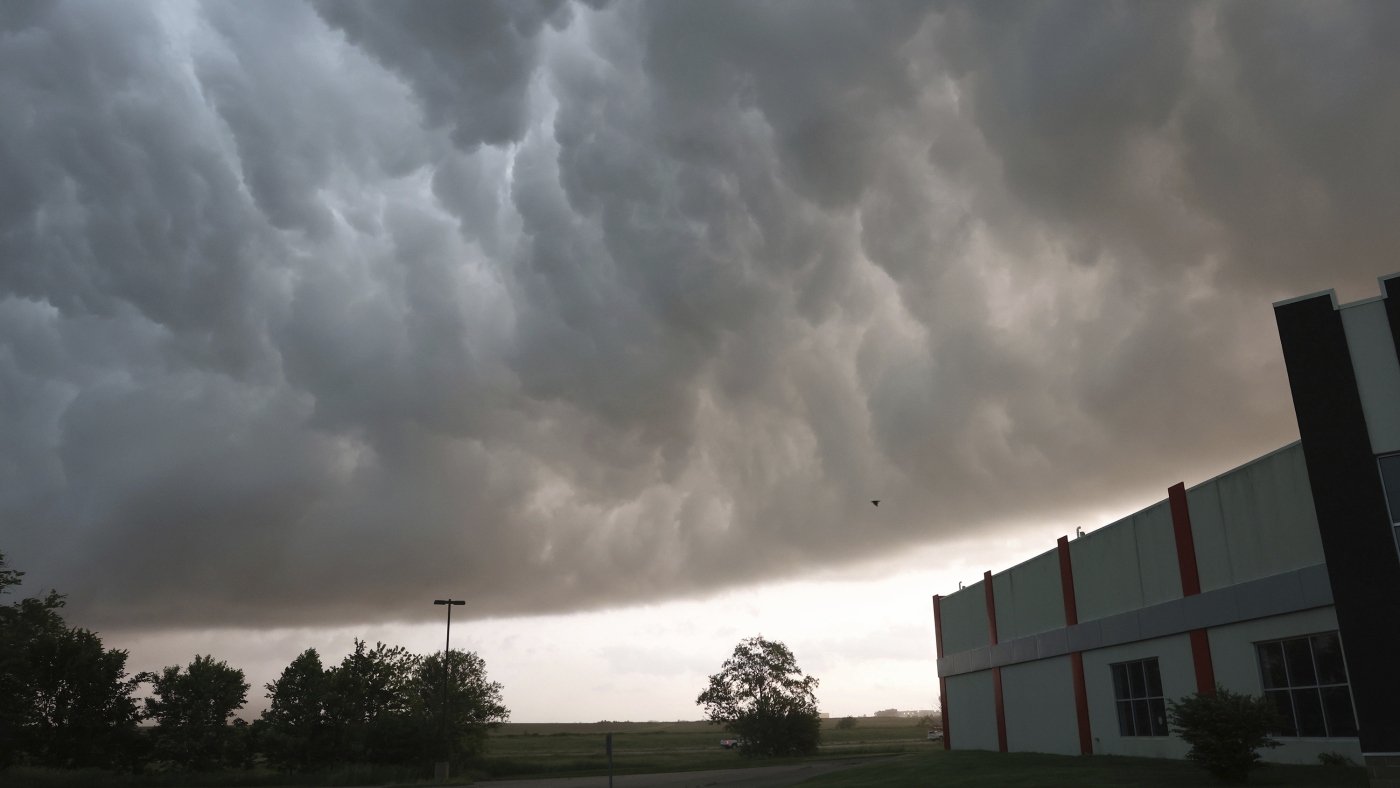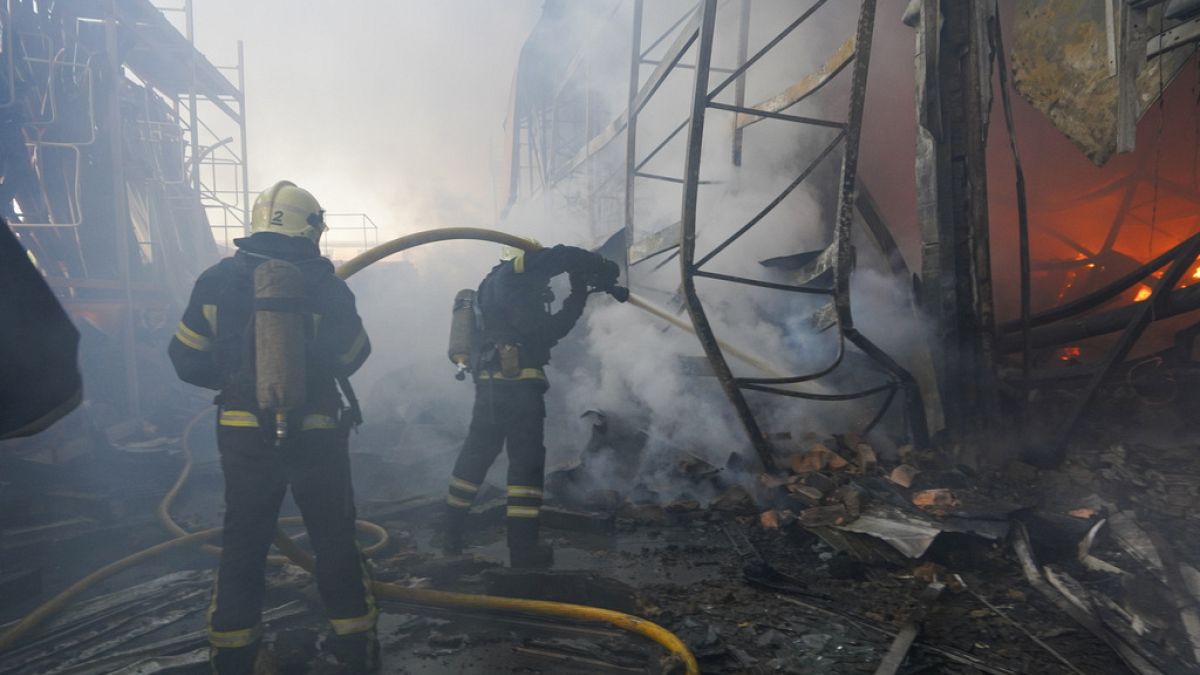The business of rulemaking does not come up often with travelers. That is, until something goes wrong.
Lately, there’s been lots of attention on companies like Boeing, especially since the panel blew off an Alaska Airlines jet after taking off in Portland. Investigations by the Federal Aviation Administration (FAA), the Department of Transportation (DOT), and the U.S. Department of Justice focus on rules and Boeing’s safety procedures designed to keep travelers safe.
For a long time, though, air carriers in Alaska have struggled with aviation rules designed around safety. Some of these rules are better suited for jet carriers flying between big airports. By contrast, Alaska’s aviation infrastructure is scattered across more than 100 airports, serving communities that are off the road system. For these communities, having reliable aviation service is crucial. Many of the rules address how aviators fly in bad weather.
One of the biggest aviation rule-making events is the FAA reauthorization bill, which is mandated every five years. There are specific statutes in the bill that should help Alaska communities and the air carriers that fly there.
The big parts of the bill include a mandate to the FAA to hire and train more air traffic controllers to fill up to 3,000 vacancies.
Another important part of the bill backs up recent DOT rules which mandate airlines must automatically refund tickets in cash instead of vouchers.
Other parts of the FAA bill are important for Alaskans, particularly those living off the road system in remote communities.
“The new bill addresses basic, fundamental issues that need to get fixed,” said Colleen Mondor, an Alaska aviation author and journalist.
The new bill includes dedicated funding for the installation and upkeep of weather monitoring systems to give pilots the “certified weather” they need to fly under instrument flight rules or IFR. Using IFR approaches, pilots generally can operate with lower minimums than visual flight rules (VFR).
“The (FAA) bill requires systematic improvements to the upgrade and maintenance of weather observing systems owned by both the FAA and the National Weather Service that experience frequent service outages, disrupting aviation operations throughout our state,” according to a statement from U.S. Sen. Dan Sullivan’s office. Sullivan was instrumental in adding Alaska-centric provisions in the bill.
“The automated weather observation system (AWOS) is a $100,000 piece of equipment that measures fog, wind, snow, pressure and temperature,” said Mondor. “It’s updated every few minutes.”
The quest for better aviation safety in Alaska goes back decades. The effort always gets renewed attention after there’s a fatal crash or an accident.
“We absolutely support it,” said Rob Kelley, head of Grant Aviation, referring to the push for better weather aids and instrument flight rules.
Grant Aviation flies to dozens of communities in Western Alaska on small planes. “We’ve got a lot of money tied up in IFR avionics,” said Kelley. “But we can’t use IFR because the weather reporting system is broken.”
Grant’s routes include dozens of daily flights in the Yukon-Kuskokwim Delta region. “The weather there is consistently marginal. So we can’t fly there. But we could fly on IFR,” said Kelley.
The National Transportation Safety Board (NTSB) investigates every aviation accident. Since the 1990s, the NTSB has recommended air carriers to fly under IFR regulations.
“Since Jan 1, 1990 there have been 385 fatalities & 231 serious injuries in accidents involving Part 135 operators in Alaska,” wrote Mondor on X. “The cost has been high and it has been paid in blood. Alaska deserves what the Lower 48 has enjoyed for so long and I hope it finally happens.”
I’ll leave you with this. Since Jan 1, 1990 there have been 385 fatalities & 231 serious injuries in accidents involving AK Part 135 operators. The cost has been high & it has been paid in blood. AK deserves what the Lower 48 has enjoyed so long & I hope it finally happens. /fin
— Colleen Mondor (@chasingray) May 15, 2024
Part 135 refers to commuter carriers limited to nine passengers on a single flight. Part 135 carriers are the crucial “last mile” for Alaskans who live off the road system and are dependent on reliable air service more than urban dwellers. Often, Bush Alaskans depend on Part 135 carriers to go to work, to school or to the doctor. Further, these small air carriers provide a vital link by delivering mail and freight.
Two federal programs, by-pass mail and essential air service, subsidize air carriers to provide better, more affordable service to Alaska’s rural residents.
The new FAA bill “strengthens the Essential Air Service (EAS) program and triples its funding to ensure small and rural communities remain connected to the national airspace system. The EAS program benefits approximately 60 communities in Alaska,” according to Sen. Sullivan’s office.
The DOT rules and new FAA statutes can make for some tedious reading. But these new rules, when applied, can save lives. The new weather monitoring system by itself will not solve all the issues. There are many more components in the quest for better aviation safety in Alaska. But this latest round with the FAA reauthorization covers some crucial steps.

/cloudfront-us-east-1.images.arcpublishing.com/gray/HR3YYBJG4FDGFI2LRTLJJ2TOIE.png)

/cloudfront-us-east-1.images.arcpublishing.com/gray/2R2FTIUXRRF5JNP3OXGGJBPLUQ.jpg)
/cloudfront-us-east-1.images.arcpublishing.com/gray/VY6Y64BE3VECLPNPDVSBBXGEZI.jpg)
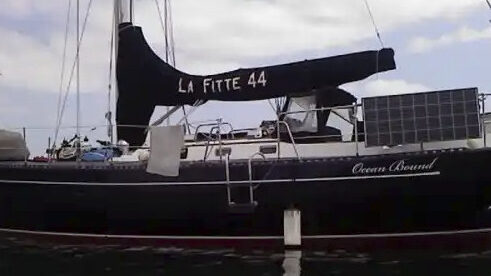

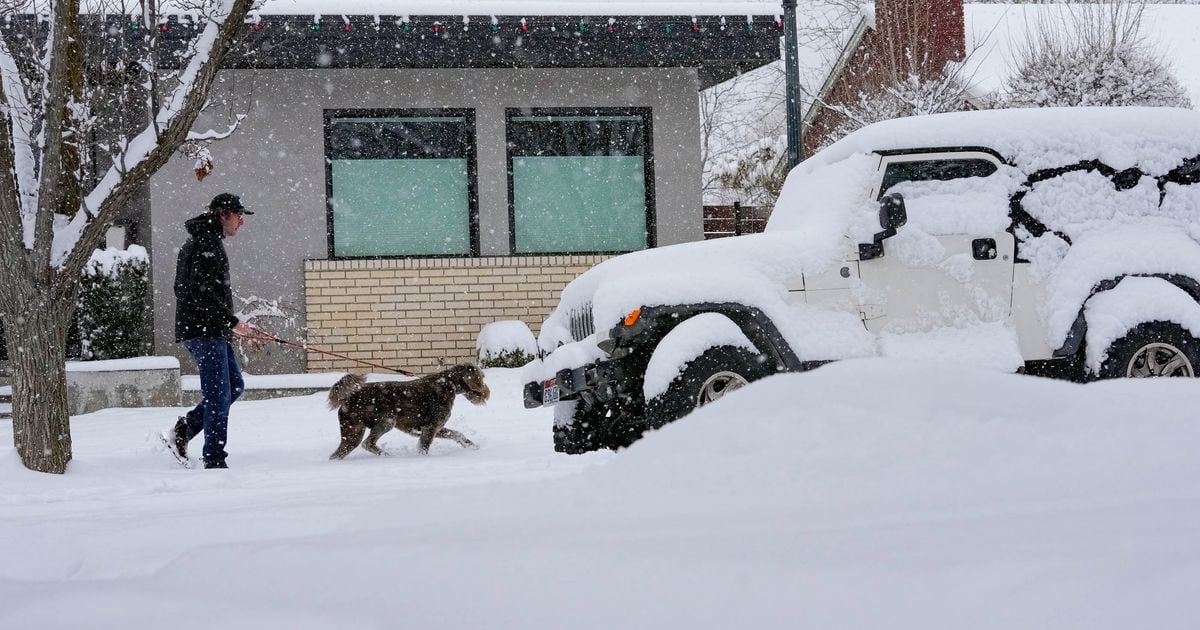

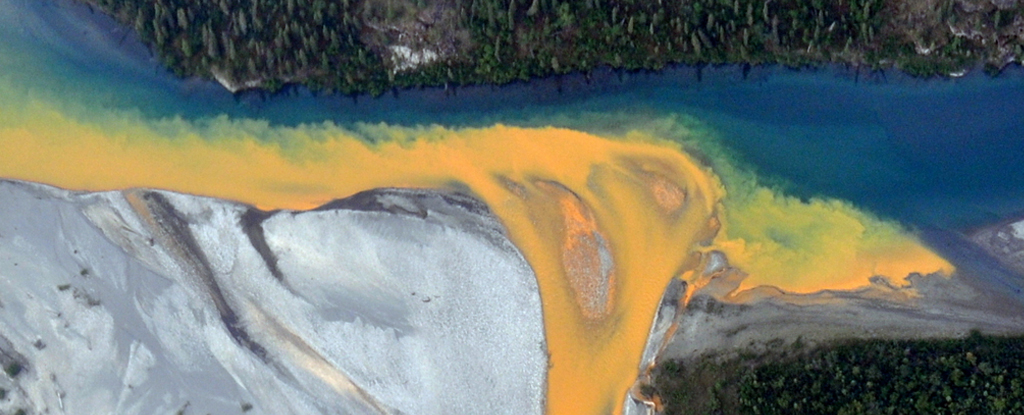
:quality(70)/cloudfront-us-east-1.images.arcpublishing.com/adn/NKNTJUAVL2FXA2OD45QX74RKPA.jpg)











